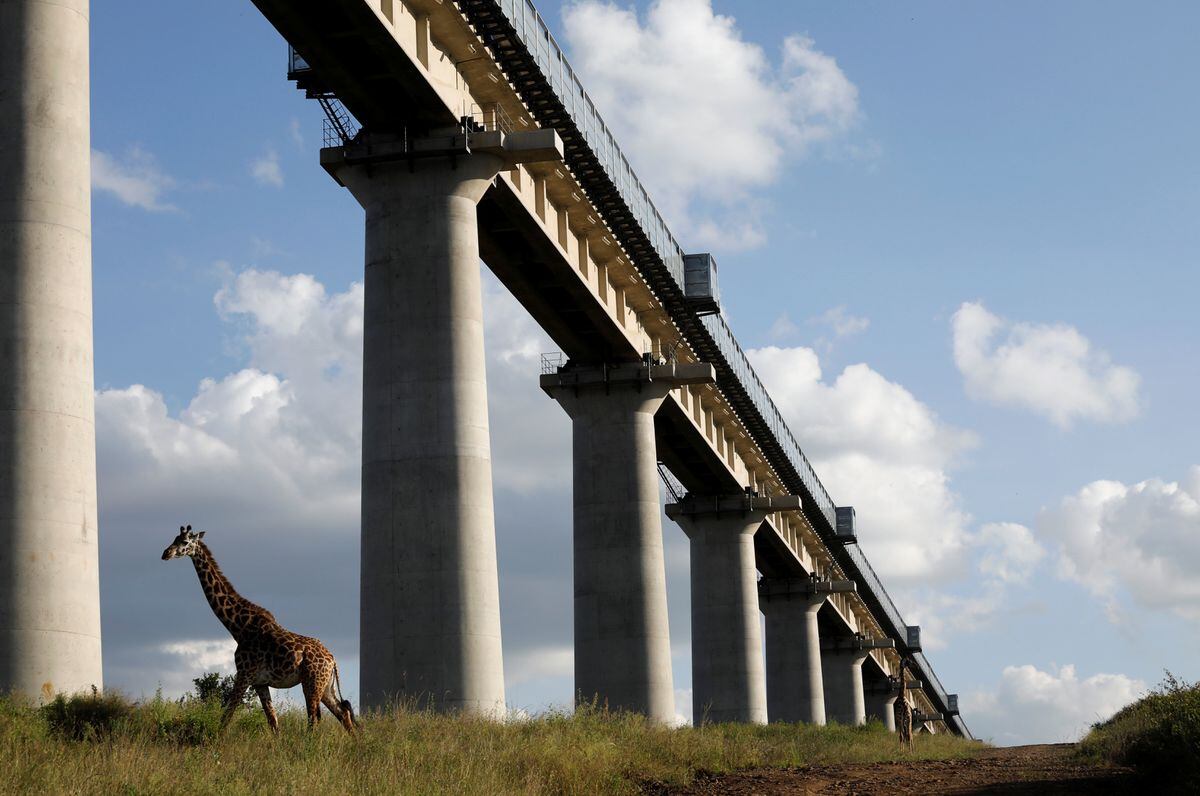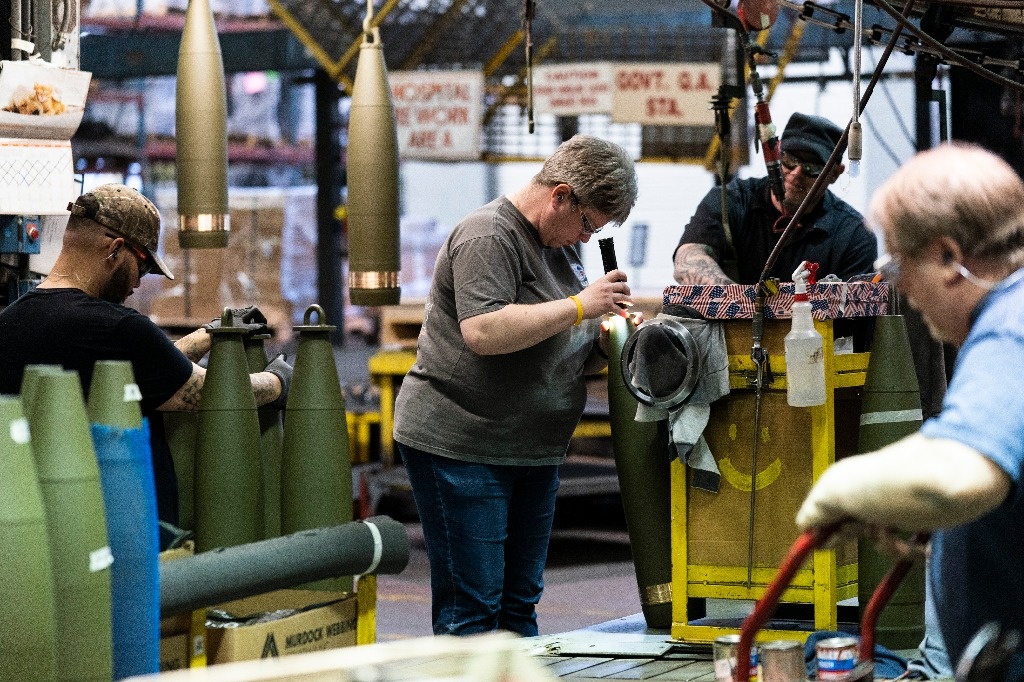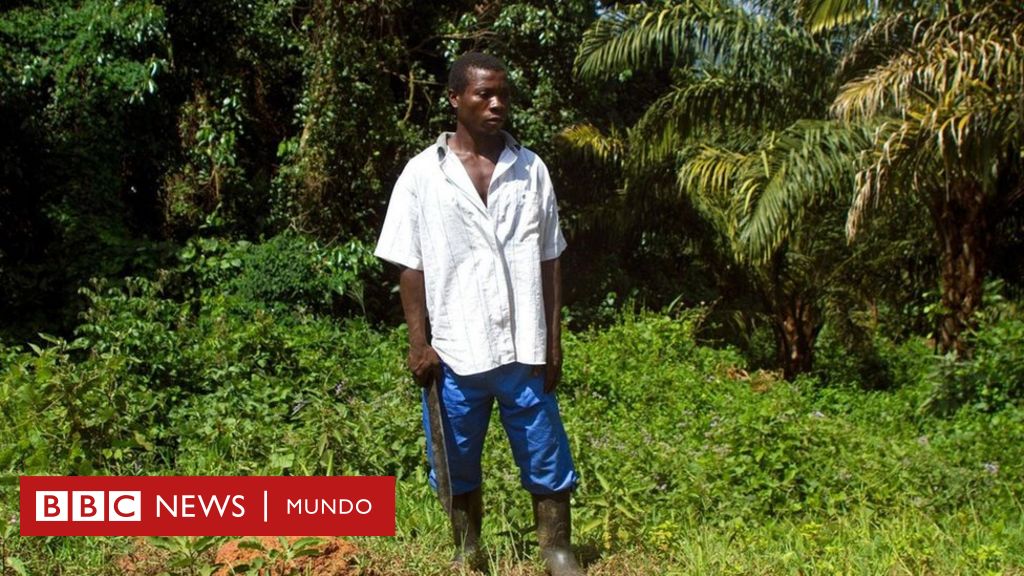The train in Kenya is progressing side by side with China but with great impact on elephants, livestock and the environment | On the front line | future planet

Note to readers: EL PAÍS presents the Future Planet Division for its daily and global media contribution to the 2030 Agenda. If you would like to support our journalism, Subscribe here.
Kenya is building a railway linking the coastal port of Mombasa with the interior of the country. It is due to terminate in Malaba, a border town with Uganda, and link it to other railways under construction in East Africa. It is known locally as Standard Rail: Standard Railroad (SGR).
more information
Passenger and freight railway is One of the biggest Infrastructure Investments in Kenya’s History. Construction started in 2014 at an estimated cost $3.8 billion90% of it comes from a loan from the Export-Import Bank (Exim) of China and 10% from the Kenyan government.
Although the actual area affected by the railroads is small, there are elevated portions and they cross a wide range of fragile and important ecosystems in the country. For example, the Tsavo Conservation Area, which is home to about 40% Of the elephant population in Kenya, Nairobi National Park. It also passes through grazing lands in the south of the country that are vulnerable to the effects of climate and changes in land use.
My colleagues and I conducted a study to find out all the effects of the railway on the environment. Construction is carried out in three stages. The first two (already completed) cover 610 km, and the third is not yet completed. Our study focused on the fully completed extension, which spans eight counties from Mombasa to Narok.
The line passes through the Tsavo Conservation Area, which is home to about 40% of Kenya’s elephant population
The project involves many stakeholders, including various levels of government (eg the Kenya National Environment Management Authority and Kenya Wildlife Service), local communities, civil society organizations and the private sector. For our study, we organized group interviews and meetings with 54 key informants from all these sectors.
We found that the construction and operation of railways has resulted in the degradation, fragmentation and destruction of key ecosystems. Increased soil erosion, land degradation, floods and habitat destruction. They also affected the bodies of water and the movement of animals.
Railway Environmental Impact Assessments were conducted after a international standard. The final reports, which included recommendations, were written to facilitate licensing by the national environmental management body, the government’s regulatory body.
However, it turned out that the recommendations were not fully implemented. Many observers have cited a lack of funding, technical capacity, and political interference as some of the obstacles. Project proponents should develop measures that appropriately mitigate key ecosystem challenges and ensure their compliance.
Impact on the soil
Participants in our study noted that the railway had an impact on soil, water and air pollution during construction and operation of the line.
During construction, the earth was compacted and excavated. He also moved from place to place to build dams. This has many effects on the environment. For example, officials from the Community Forestry Association (around the coastal mangrove forests of Mombasa) note that sediment, eroded by road dams, has affected streams and vegetation. It not only affected the growth and self-germination of mangrove seeds, they said, but also blocked waterways and reduced their volume.
Another challenge was the construction of tunnels to allow circulation under the railways. This is due to the height of the railway line. But these tunnels have redirected surface water and rain corridors. Participants from Narok County indicated that this led to erosion, which led to the deposition of water sources, including Lake Majadi, a unique alkaline and saline lake surrounded by wildlife and a major source of vegetation. throneSodium carbonate is converted into soda ash or baking soda.
The floods were a huge challenge. To avoid cutting railway bridges, contractors have diverted natural surface water flows
Another effect was the bombing of the ground to obtain building materials. Communities across Nairobi said this caused tremors that sometimes caused buildings to crack.
flood
The floods were a huge challenge. To avoid cutting railroad bridges, contractors diverted natural surface water flows (such as streams) into tunnels.
But this caused the volume and speed of water flow to increase, causing flooding and soil erosion. In addition, the surrounding vegetation that previously prevented water has been removed. In Voi, county officials explained how rainwater inundated low-lying homes and farms during heavy rain.
In addition, sediments from construction have blocked or dried up the rivers, especially the Embakashi and Mbagathi rivers, around Nairobi. Most communities in these areas depend on rivers for domestic consumption, livestock watering, and irrigated agriculture.

pollution
Another cause for concern was the oil leak. These occurred due to fuel transportation accidents and due to train maintenance activities.
For example, local officials in Kibwezi prefecture claimed that an oil spill led to pollution Tang River. Now the river cannot be used for irrigation or for domestic purposes. The land in the affected area is still not safe for cultivation.
Noise pollution has also been reported during the construction and operation of the railway, especially in the Nairobi and Foy areas. Some communities were unable to sleep and school classes were disrupted due to noise levels.
Dust pollution was an added challenge. There are medical reports of coughing and chest pain. Communities that depend on wetlands and rivers in the Voi, Kibwezi, Tuala and Narok regions have lost access to some vital resources, and long-term prospects are confusing for them.
An additional impact of the railways was the emergence of illegal activities, such as grazing in protected areas. Kenya Wildlife Service officials indicated that local communities were using the tunnels to transport their livestock to Tsavo National Park, particularly around Bochoma Gate. Cattle raids caused severe soil degradation in the southern part of Tsavo East.
the animals
Wildlife was also affected. about 120 km The line passes through a major wildlife area, Tsavo National Park, Kenya. We observed that elephants showed early signs of behavior modification. Among them is the aggressiveness and rejection of the railway zone. This is consistent with the behavioral adaptations observed in other species Their areas of the spread of change NS Change their movement patterns because of the infrastructure.
What to do?
Linear infrastructure projects such as railways must implement sustainable and environmentally sensitive measures to mitigate these impacts. For example, the lower roads should be of appropriate density and size. Nowadays, these are rare and are located in areas not normally used by animals. Additionally, streams must be routed and redirected to avoid flooding.
Moreover, a further full assessment, with the participation of all interested parties, of the environmental impacts of the railways is necessary. This is essential to designing a sustainable railway. It should ensure that the benefits of development are maximized and the impacts of the ecosystem are minimized.
Tobias House Postdoctoral researcher at the University of Nairobi.
This article was originally published Einglish Translated in cooperation with Casa Africa. Translation: Louis A. Carrascosa Cantizzano.
You can follow PLaneta FUTURO at TwitterAnd Facebook social networking site NS Instagramand subscribe Here Nostra “Newsletter”.

“Award-winning zombie scholar. Music practitioner. Food expert. Troublemaker.”






/cloudfront-eu-central-1.images.arcpublishing.com/prisa/X33WQ3GSYFF3DBKJDAVIGHN3DA.jpg)


